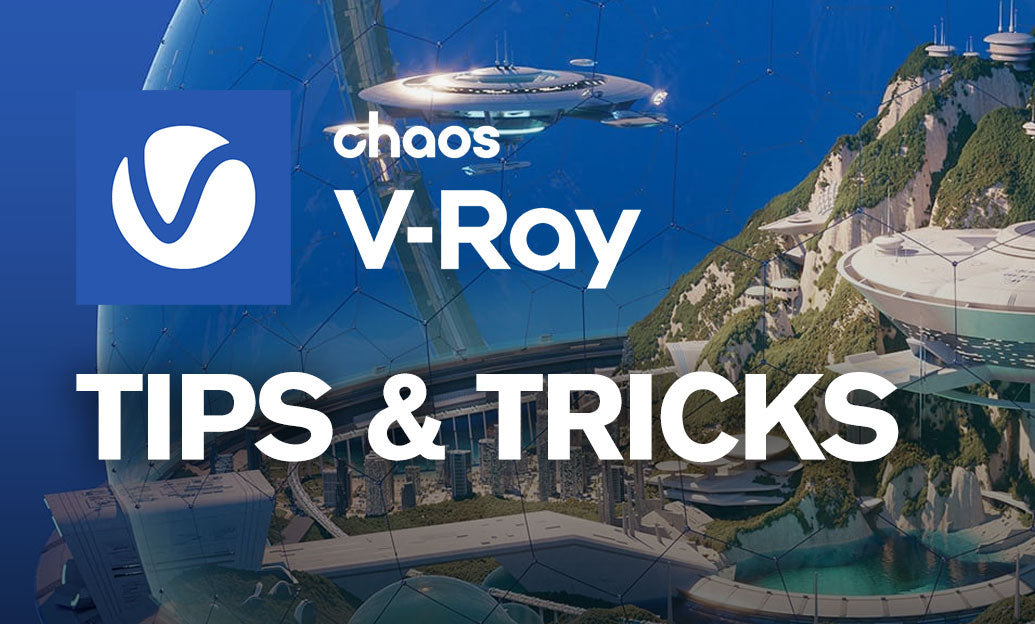Your Cart is Empty
Customer Testimonials
-
"Great customer service. The folks at Novedge were super helpful in navigating a somewhat complicated order including software upgrades and serial numbers in various stages of inactivity. They were friendly and helpful throughout the process.."
Ruben Ruckmark
"Quick & very helpful. We have been using Novedge for years and are very happy with their quick service when we need to make a purchase and excellent support resolving any issues."
Will Woodson
"Scott is the best. He reminds me about subscriptions dates, guides me in the correct direction for updates. He always responds promptly to me. He is literally the reason I continue to work with Novedge and will do so in the future."
Edward Mchugh
"Calvin Lok is “the man”. After my purchase of Sketchup 2021, he called me and provided step-by-step instructions to ease me through difficulties I was having with the setup of my new software."
Mike Borzage
Rhino 3D Tip: Efficient Marine Design Optimization Techniques in Rhino 3D Software
June 30, 2024 2 min read

Welcome to today's tip featuring efficient marine design techniques using Rhino, presented by NOVEDGE, your best choice for design and manufacturing software. Achieving the perfect balance of form and function in marine design requires precision and a set of specific tools, which Rhino 3D offers in abundance. Here are some tips to enhance your workflow:
- Hull Design: Utilize Rhino's advanced NURBS technology to create smooth, fair hulls. Rhino's loft and sweep commands allow you to generate complex hull shapes that are both aesthetically pleasing and hydrodynamically efficient.
- Hydrostatics & Stability: Integrate Rhino with specialized marine design plugins like Orca3D, which allows you to analyze hydrostatics and stability in real-time as you modify your design.
- Parametric Modeling: Use Grasshopper, Rhino's built-in visual programming interface, to set up parametric relationships in your design. This means you can easily adjust and optimize the shape of your hull or superstructures without starting from scratch.
- Deck Fittings & Layout: Create precise deck layouts using Rhino's array of drafting tools. Rhino's block instances make it easy to manage repeated elements like portholes, cleats, or winches, ensuring consistency throughout your design.
- Interiors: Design the interior of your vessel with Rhino's powerful 3D modeling capabilities. Use Rhino's Boolean functions to subtract spaces for cabins, corridors, and other features from the solid volume of the hull.
- Documentation: Generate 2D drawings and detailed construction plans directly from your 3D model using Rhino's Make2D command. This ensures that the production team has accurate, up-to-date information for building the vessel.
- Collaboration: Share your Rhino models with other team members or stakeholders using Rhino's Worksessions feature. This allows multiple users to collaborate on the same project without affecting each other's work.
- Rendering: Use Rhino's built-in rendering tools or advanced plugins like V-Ray for Rhino to create realistic images of your designs. These can be used for marketing materials or client presentations.
- File Interoperability: With Rhino, you can easily export your designs to other software packages using various file formats. This is particularly useful when collaborating with shipyards or other professionals who may use different software.
Employing these techniques in Rhino can streamline your marine design process, enhancing efficiency and allowing more time for creativity and refinement. For more information on Rhino and how to optimize your marine design projects, visit NOVEDGE.
```You can find all the Rhino products on the NOVEDGE web site at this page.
Also in Design News

ZBrush Tip: Enhancing Fabric Sculpting Skills in ZBrush: Tips and Techniques
October 22, 2024 2 min read
Read More
V-Ray Tip: Mastering Subsurface Scattering in V-Ray for Realistic Rendering
October 22, 2024 2 min read
Read More
AutoCAD Tip: Efficiently Integrating PDF Underlays into AutoCAD Workflows
October 22, 2024 2 min read
Read MoreSubscribe
Sign up to get the latest on sales, new releases and more …


